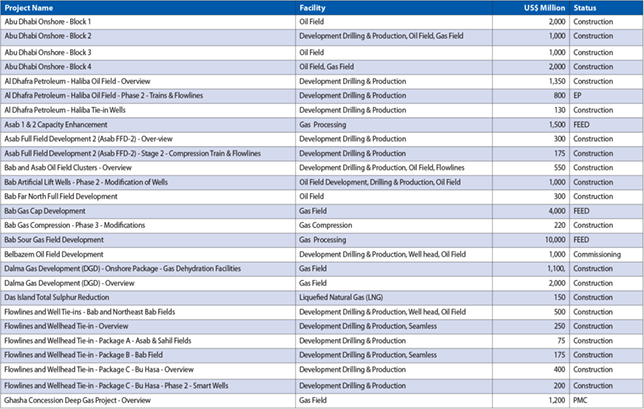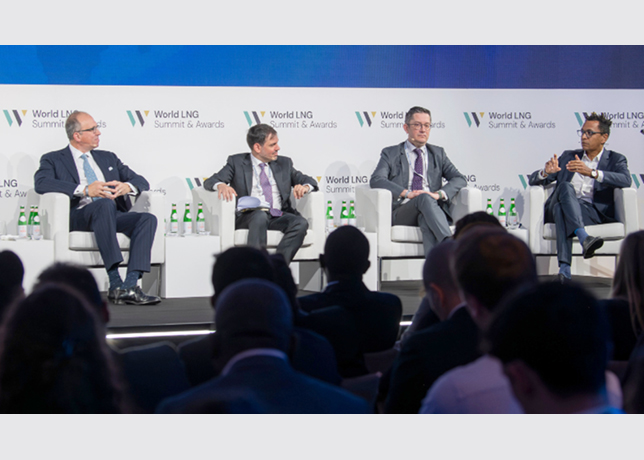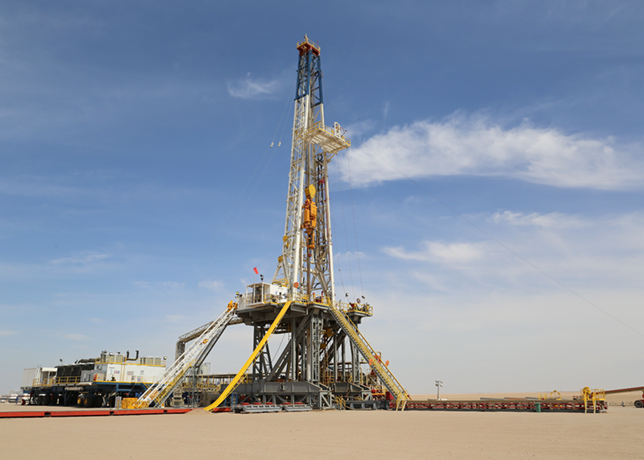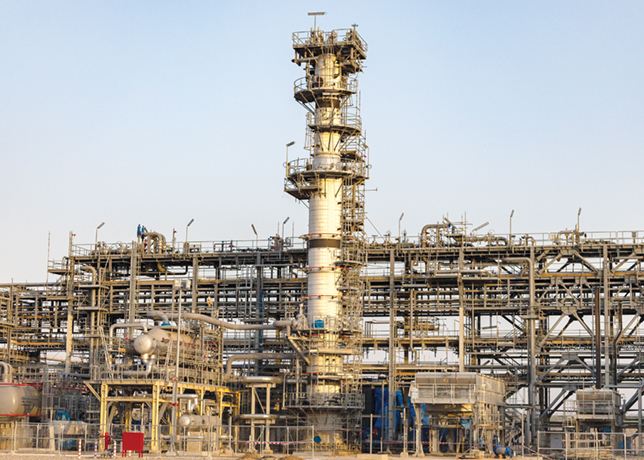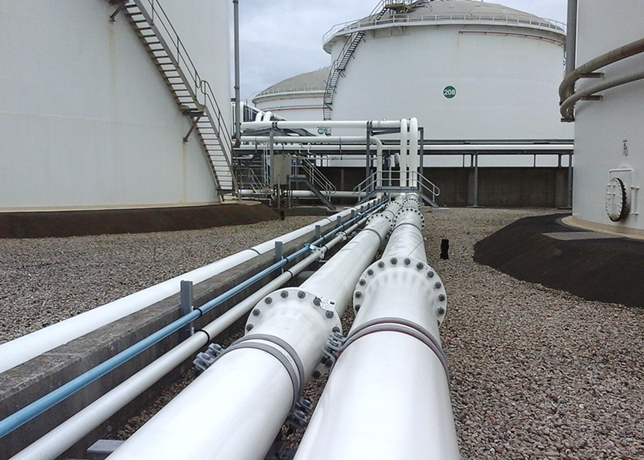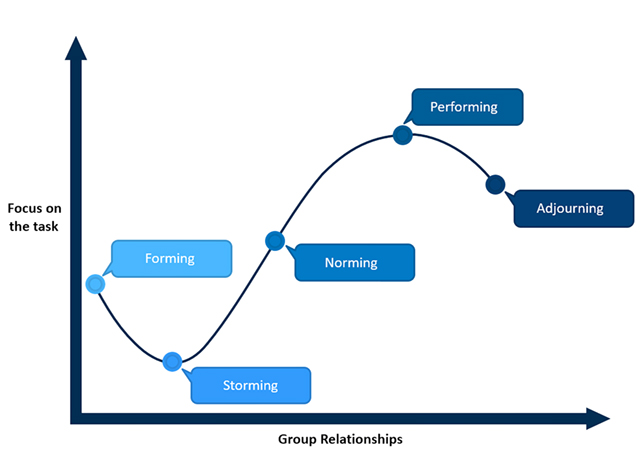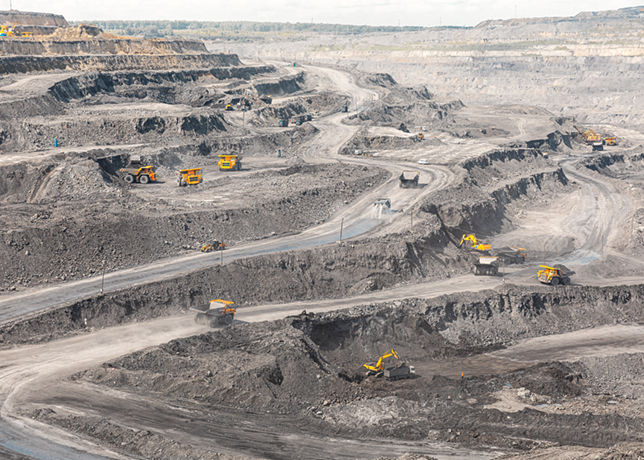 There are 364 road projects in the pipeline in the UAE.
There are 364 road projects in the pipeline in the UAE.
The total value of 481 active transport projects in the UAE exceeded Dh321.49 billion ($87.6 billion) in the first half of 2017, according to a report.
Of these, 364 projects with a combined value of $36.5 billion are road projects while 39 projects with a value of $33.9 billion are rail projects, said the report from BNC Network, a construction intelligence service in the Middle East and North Africa (Mena) region.
The transport sector consists of aviation, marine, rail and road while active projects refer to projects in concept, design, tender, under construction and on hold.
“With Expo 2020 nearing, the UAE government is fast-tracking all important road and rail projects to ensure smooth transportation of goods and traffic ahead of the mega global event,” Avin Gidwani, chief executive officer of BNC Network, says. “Completion of all the transport projects is crucial to the success of the Expo 2020 project, and will support the country’s bids for more such global events in future.”
Of these, 218 projects worth $20 billion are under construction, 92 projects worth $29.7 billion in the pipeline, and 110 projects worth $32.7 billion are on hold, BNC said.
The transport sector constitutes four per cent of all active projects in the UAE and these projects account for 11 per cent of the total estimated value of projects across all sectors in the country.
Four transport projects with a combined estimated value of $274.6 million moved to construction from other stages during June 2017, it said.
“As we move forward, we expect more road and infrastructure projects to be brought under construction for them to be completed on time by mid-2020,” Gidwani said. “Infrastructure and connectivity has always remained the unique selling points of Dubai and the UAE and the government will complete the pending projects in time.” - TradeArabia News Service



